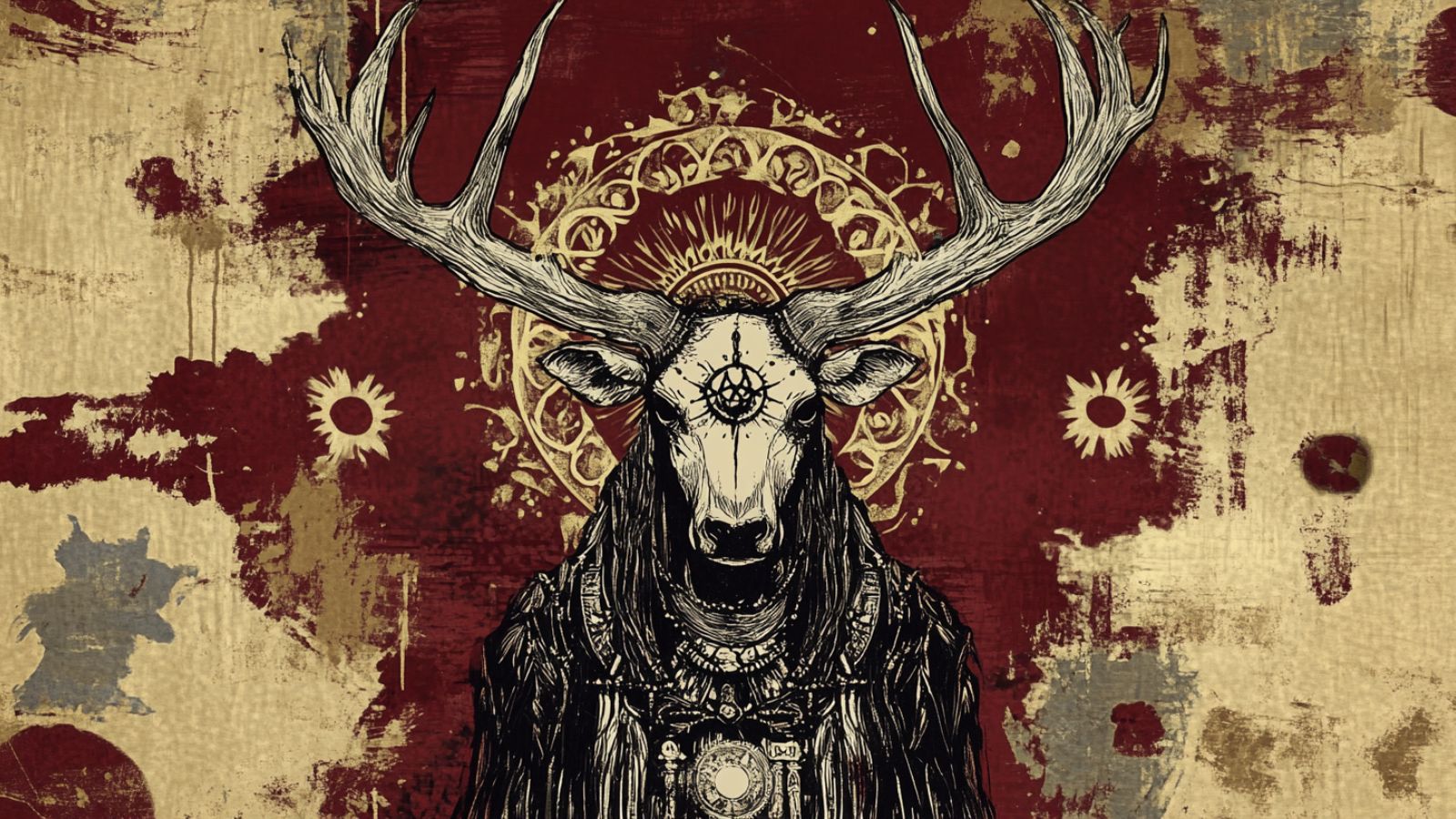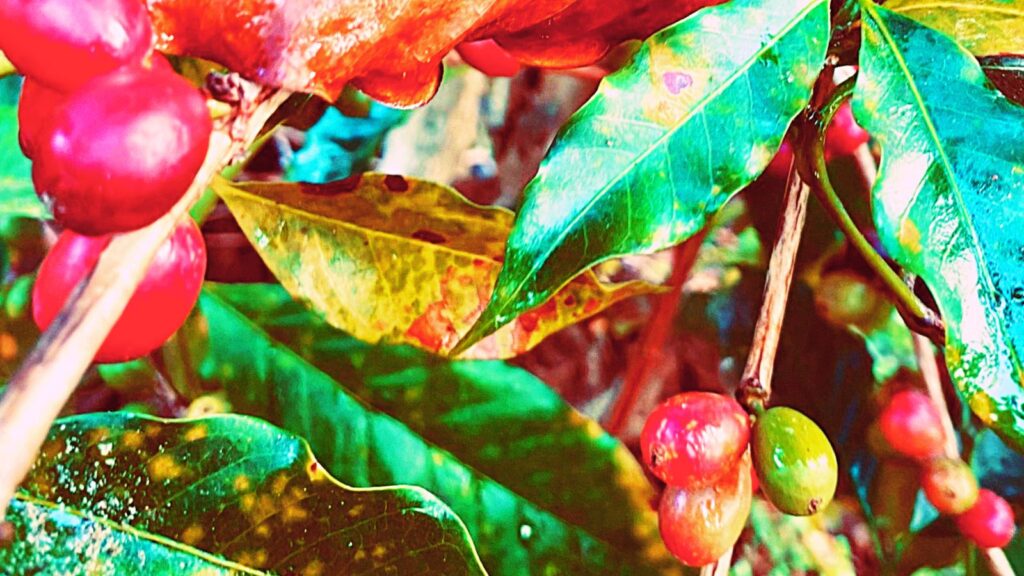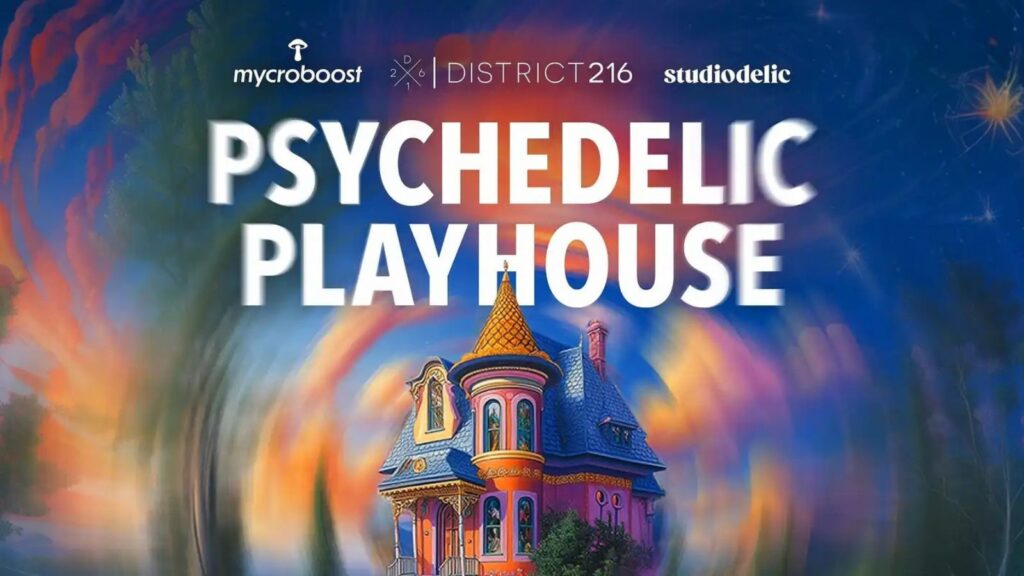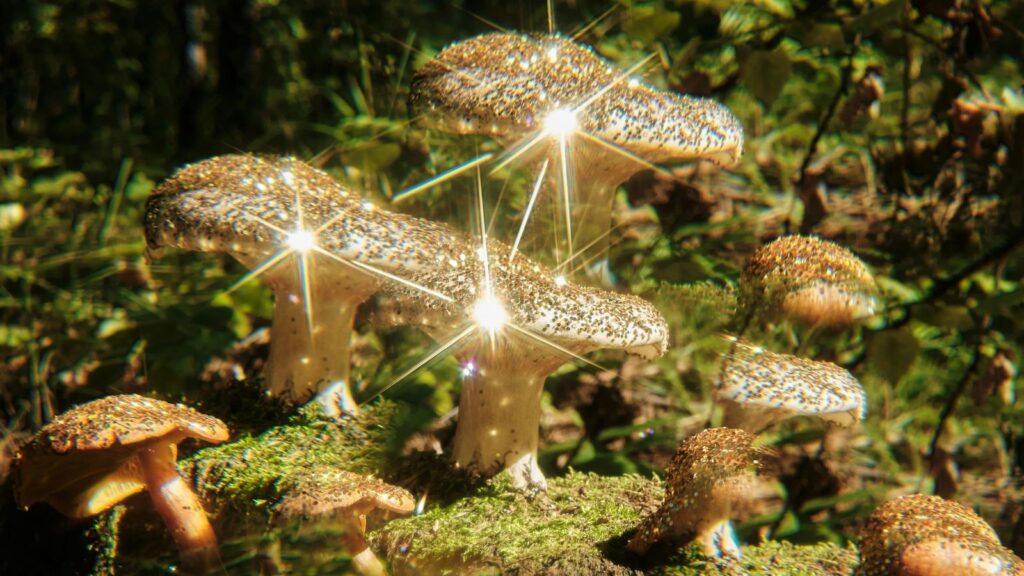The holiday season is steeped in mystery, magic, and ancient traditions that predate modern celebrations. From Nordic mythology to witchy rituals and psychedelic plant medicine, these practices tap into the darker, more mystical aspects of the winter season. Here’s a deep dive into lesser-known and edgier pagan customs that honor the solstice and its transformative energy.
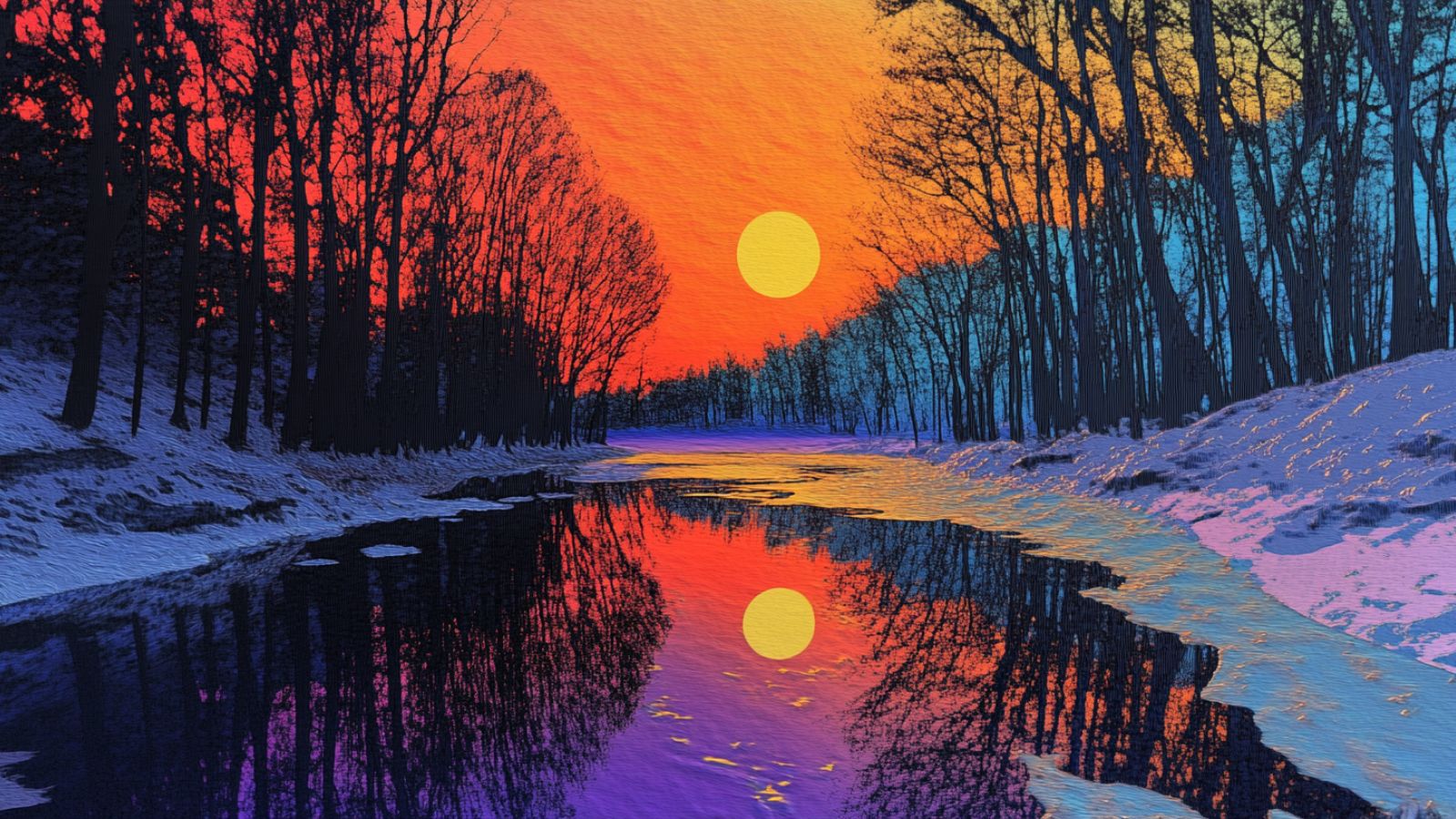
The Winter Solstice: The Foundation of Pagan Celebrations
As the world slows and the nights grow long, the Winter Solstice stands as a cosmic turning point—a gateway between the dark stillness of winter and the promise of returning light. For ancient and modern mystics alike, this liminal moment holds profound power, bridging the physical and spiritual realms.
The solstice invites us to reflect on cycles of death and rebirth, light and shadow, and our place within nature’s eternal rhythm. For our psychedelic and conscious community, this season offers a chance to explore these deeper truths through ritual, introspection, and connection.
Yule and the Rebirth of the Sun
Yule marks the turning point of the year, where the longest night gives way to the gradual return of light. Rooted in Norse and Germanic traditions, Yule celebrates the symbolic death and rebirth of the sun—a moment that signifies hope, renewal, and transformation. For ancient pagans, the sun god’s cyclical journey represented the resilience of life and the promise of brighter days ahead.
Traditional Yule festivities were deeply connected to the natural world and its rhythms. Fires were lit in hearths and on towering pyres to mimic the warmth and vitality of the returning sun. These flames also symbolized protection, driving away the darkness and malevolent spirits believed to wander during the solstice. Evergreens—symbols of endurance and eternal life—were brought indoors to adorn spaces, bridging the gap between human habitation and nature’s wisdom.
Feasting was another cornerstone of Yule celebrations, honoring abundance despite the season’s scarcity. These gatherings reinforced community bonds and expressed gratitude for survival through winter’s challenges.
In the modern age, Yule encourages us to pause, honor the cycles of life, and find meaning in transformation. It’s a reminder that even in our darkest moments, the seeds of light and renewal are always present.
Nordic Myths and the Wild Hunt
Among the more haunting solstice traditions is the tale of the Wild Hunt—a spectral procession said to sweep through the winter skies. Led by Odin or other deities, this ghostly cavalcade represents a convergence of the living and spirit worlds, a phenomenon heightened by the solstice’s liminal energy. Witnesses of the Wild Hunt were warned of impending misfortune, but it also served as a reminder of the thin veil separating realms.
The Wild Hunt’s eerie nature underscores the solstice’s duality. While it celebrates the sun’s return, it also acknowledges the mysteries of darkness and the unknown. In these myths, winter becomes a time of reckoning with the forces beyond human control—death, chaos, and the supernatural. It challenges us to confront these aspects of existence with reverence rather than fear.
This ancient legend remains deeply relevant for today’s spiritual seekers. The Wild Hunt symbolizes the cyclical dance of destruction and creation, urging us to embrace the transformative potential of our lives’ darker, quieter moments. By reflecting on these myths, we can better understand the forces that shape our journey and find a balance between light and shadow.
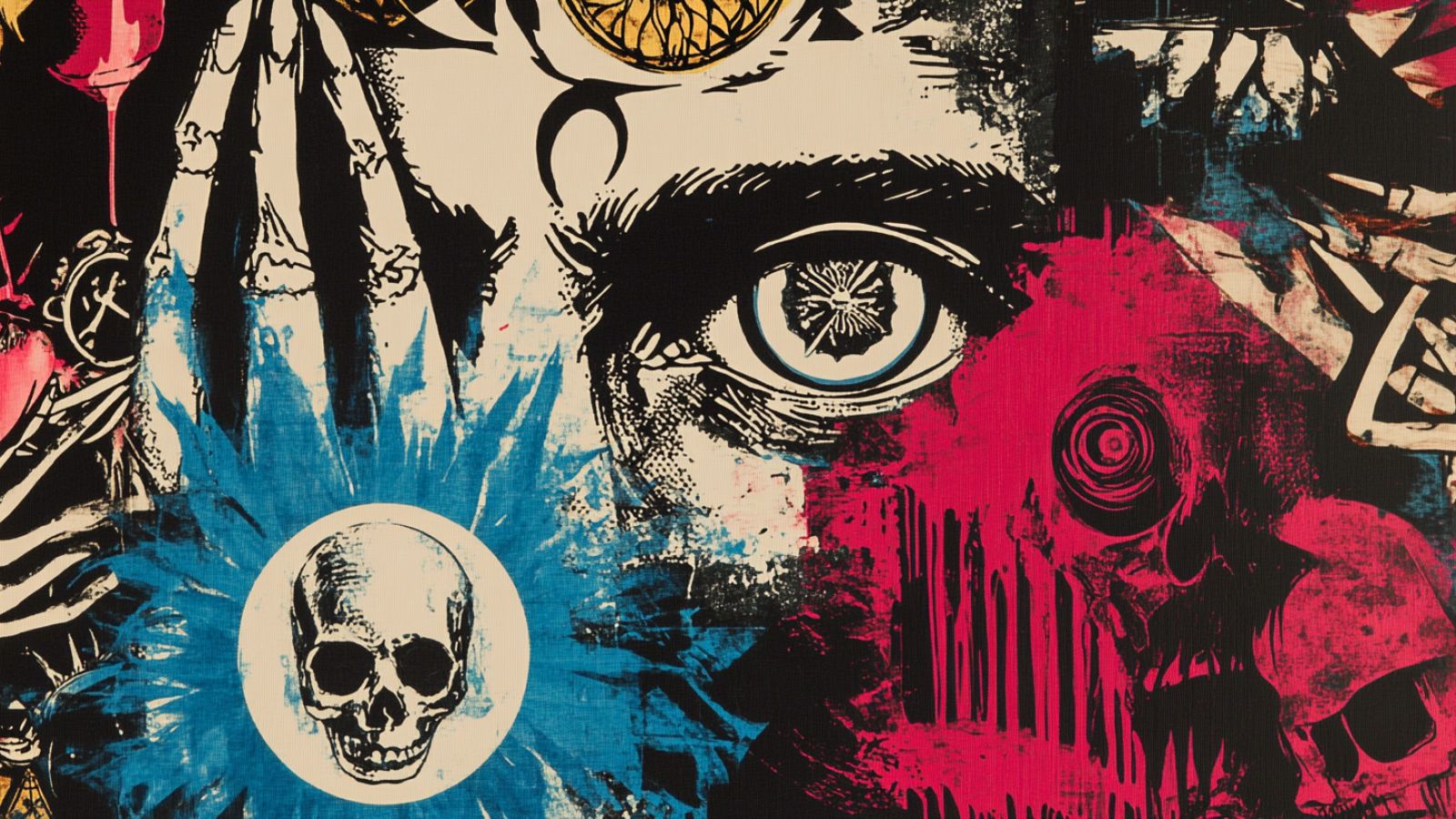
Occult Practices: The Season’s Witchy Side
Winter’s stillness offers a fertile ground for magic and introspection. As the year winds down and the solstice’s transformative energy unfolds, practitioners can tap into the deeper currents of the season through occult practices. This is a time for divination, spellwork, and crafting—tools to illuminate the path ahead and harness the season’s mysterious power. For those attuned to the rhythms of nature and the cosmos, the Winter Solstice is a portal into intentional magic and spiritual alignment.
Divination and Solstice Spellwork
Winter, with its quiet and reflective energy, is an ideal season for divination. The solstice, in particular, is a moment of heightened clarity—a time to pause and look inward. Tarot readings during this period can help reveal insights into the year ahead, offering guidance as we prepare for new beginnings.
Scrying with reflective surfaces like water or mirrors taps into the subconscious, uncovering hidden truths, while pendulum work allows us to focus our intentions and receive direct answers to pressing questions.
Spellwork during the solstice often emphasizes themes of protection, abundance, and the welcoming of light. Simple rituals, like lighting a candle infused with your intentions, can carry immense power. Enchant your space with seasonal herbs such as rosemary or bay leaves for protection, or craft spells to invite prosperity as the sun’s light strengthens.
Astrological Significance of the Solstice
The Winter Solstice carries profound astrological weight, aligning with the shift into Capricorn, the earth sign known for its grounding and ambitious energy. This celestial event offers a powerful opportunity to set intentions rooted in practicality yet infused with cosmic reflection. Capricorn’s influence encourages us to build solid foundations for our aspirations, making this an excellent time for manifestation rituals.
If the solstice coincides with a new moon, the cosmic energy is amplified, offering fertile ground for beginning new projects or releasing what no longer serves. Rituals might include journaling your goals under the solstice stars, meditating on the Capricorn archetype of resilience and determination, or crafting an astrological altar to honor the cosmic forces at play.
Crafting Magical Tools
Winter’s cozy energy is perfect for crafting tools imbued with seasonal magic. Enchanted Yule ornaments—adorned with sigils or inscribed with wishes—serve as potent reminders of your intentions. Spell jars filled with holly, cinnamon, and evergreen sprigs can bring protection and abundance into your space while also connecting you to the season’s energies.
Creating an altar is another way to honor the solstice’s mystical power. Decorate it with symbols of winter’s duality: holly and ivy for resilience, pinecones for fertility, and candles to welcome the returning light.
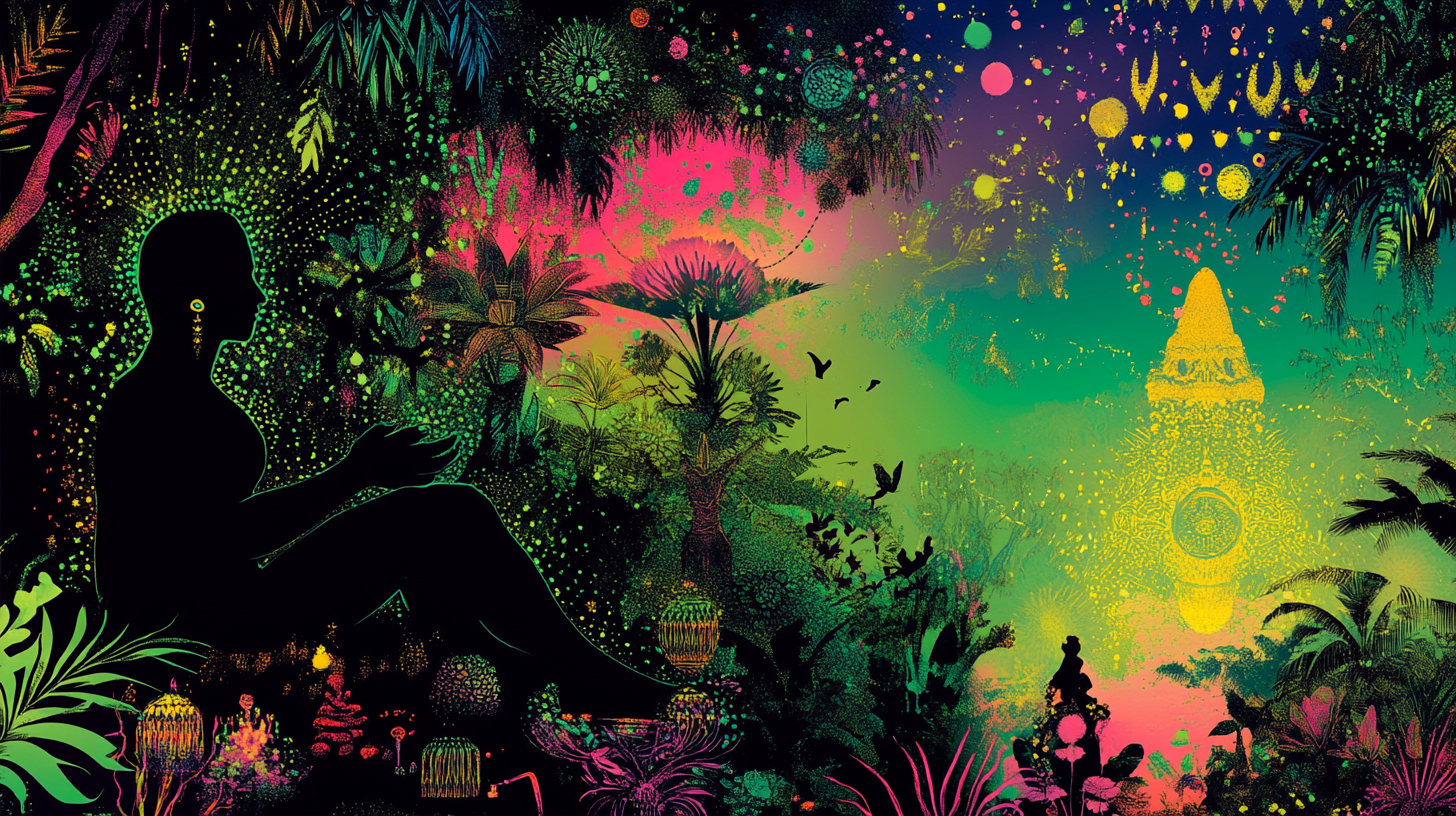
Psychedelic and Plant Medicine Traditions
The solstice season has long been a time for exploring altered states of consciousness and deepening our connection to the natural world. Across cultures and centuries, sacred plants and fungi have played a pivotal role in rituals that honor the cycle of death and rebirth.
For today’s conscious explorers, these traditions offer a window into ancient wisdom and an opportunity to integrate their transformative power into modern spiritual practices. From the iconic Amanita muscaria to the enchanting properties of winter herbs, these allies of the natural world invite us to journey inward and connect with the mysteries of the season.
The Mystique of Amanita Muscaria
The Amanita muscaria mushroom, with its striking red cap and white spots, is steeped in folklore and ceremonial use. In Siberian shamanic traditions, it was revered as a powerful tool for crossing the boundaries of the material and spiritual worlds. Consumed during solstice rituals, it was said to facilitate visions, connect practitioners with the divine, and symbolize the rebirth central to this season.
The mushroom’s psychoactive properties, attributed to compounds like muscimol, make it a portal for profound introspection and spiritual exploration. However, Amanita muscaria’s use requires great care and respect—it is not for casual experimentation. Modern practitioners can honor its legacy by reflecting on its symbolism of transformation, resilience, and the cyclical nature of life.
Sacred Winter Herbs
Winter is a season of profound stillness, and sacred herbs have long been used to tap into this introspective energy. Mistletoe, a symbol of fertility and protection in Druidic lore, is often incorporated into solstice offerings to ward off negativity and invite renewal. Its presence reminds us of life’s persistence, even in the harshest conditions.
Mugwort and Yew, both steeped in mystical traditions, are prized for their ability to induce visions and deepen ancestral connections. Mugwort, often used as an incense or tea, enhances dream work and intuition, while yew—an evergreen associated with immortality—carries a more solemn energy, connecting us to the cycles of life and death.
For those seeking more experiential practices, smoking blends and teas crafted from herbs like chamomile, lavender, and damiana offer gentle psychoactive effects, encouraging relaxation and meditation. These elixirs are powerful tools for introspection, allowing us to align with the solstice’s transformative energy while honoring the age-old wisdom of plant medicine.

Darker Folk Traditions and Edgy Customs
The holiday season isn’t all twinkling lights and cheerful carols. Beneath the surface of winter’s warmth lies a darker, more mischievous spirit. Rooted in folklore and pagan traditions, these customs tap into the shadowy energies of the season, offering a glimpse into the duality of light and dark.
From horned figures who punish the naughty to goblins wreaking havoc and songs sung to ancient trees, these traditions remind us of the chaotic, untamed forces that dwell within winter’s depths.
Krampus and Other Shadow Figures
Among the most infamous of Winter’s shadowy characters is Krampus, the horned demon of Alpine folklore who accompanies St. Nicholas. While the saint rewards well-behaved children, Krampus doles out punishment to those who’ve misbehaved, embodying the season’s darker, punitive side. His menacing presence—complete with chains, bells, and a bundle of birch sticks—balances the joyous celebrations with a sobering reminder of accountability and consequence.
Krampus isn’t the only figure stalking the winter nights. The Perchten, spirits from Germanic lore, blend pagan beliefs with modern customs. Divided into “good” and “evil” Perchten, these beings bring blessings or misfortune depending on the behavior of those they encounter. Together, these figures highlight the season’s liminal energy—a time when the boundaries between good and evil, light and dark, feel tantalizingly thin.
The Kalikantzaroi: Mischievous Spirits
In Greek folklore, the Kalikantzaroi emerge during the Twelve Days of Christmas to spread chaos and mischief. These goblin-like creatures are said to dwell underground for most of the year, sawing away at the World Tree. But during this liminal period, they come to the surface to cause havoc, playing pranks and disrupting daily life.
These mischievous spirits reflect the playful yet disruptive energies of winter’s liminal space. They remind us to embrace the unpredictability of life and the creative chaos that often accompanies transformation. For modern practitioners, the Kalikantzaroi can inspire a lighthearted approach to shadow work, encouraging us to find joy and humor even in the messiness of growth.
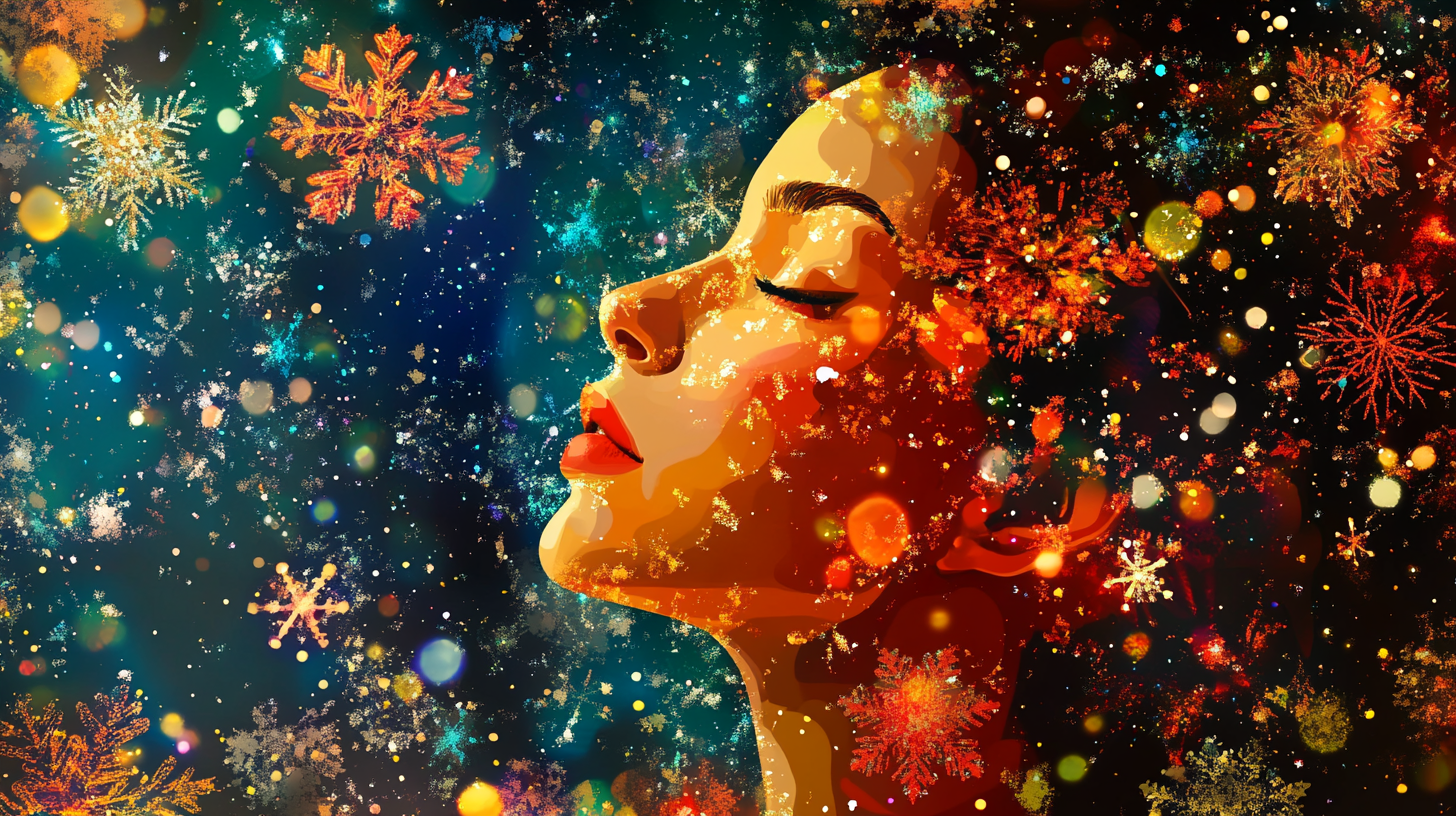
Happy Solstice
The holiday season offers a unique opportunity to reconnect with ancient wisdom and the mysteries of the natural world. Whether through honoring the cycles of death and rebirth, embracing the transformative energy of solstice rituals, or exploring the season’s darker folklore, these traditions invite us to pause, reflect, and celebrate the interconnectedness of life. By weaving these practices into modern life, we can honor the magic of the winter season while tapping into its profound potential for personal and spiritual growth.
